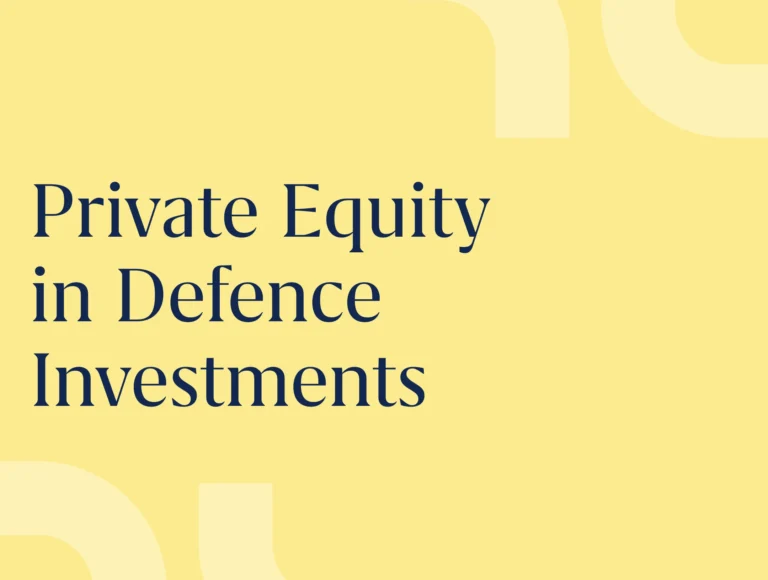Tom Williams examines whether the popular and traditionally safe asset class will avail itself of the latest innovative capital return trend.
In January investment bank Lazard reported the estimated aggregate secondary deal volume was US$152bn for 2024, easily surpassing its last peak of US$126bn in 2021. And at 47% the General Partner (GP)-led proportion of these deals last year got within touching distance of the parity it reached with Limited Partner (LP)-led secondaries four years ago, as managers of maturing funds seek ever-more innovative ways to return capital to increasingly impatient investors.
But infrastructure accounted for only 4% of total LP-led secondaries deals Lazard tracked. The report also found that average price ranges for LP-led infrastructure secondaries were down 7.2% from 2023. Private credit was the only other asset class to also register such a secondaries price range decline.

Infra buyers and sellers
There are signs however that these comparatively muted numbers for 2024 could have been akin to the tide going out before an imminent new infrastructure secondaries wave.
British Columbia Investment Management Corporation (BCIM)’s agreement in February this year to acquire London-listed BBGI Global Infrastructure showed that powerful traditional North American infrastructure investors are still interested in European assets. These sorts of infrastructure owners also clearly think there are buyers with Ontario Teachers’ Pension Plan (OTPP)initiating the sale of its stakes in a £10bn portfolio of assets including London City, Birmingham and Bristol airports some eight years after it acquired them.
Last October Tetragon Financial Group acknowledged reports it was exploring options for Equitix, the UK infrastructure investor it bought in 2014 and which is valued at approximately £1.5bn.
And for evidence that a market for infrastructure secondaries is more than just wishful thinking, look to Europe’s big infrastructure investor Ardian which in April 2022 raised a US$5.25bn fund dedicated to infrastructure secondaries, the world’s largest at that time. In January this year, the firm cemented its role as a major secondaries investor, raising US$30bn for its ninth generation secondaries platform and targeting a range of private equity assets in North America and Europe. And there are plenty of reasons to think, more infrastructure focused secondaries funds will follow.
“Back in the day, ten years or more ago, you’d have funds raised where the primary investment strategy was traditional private equity,” an adviser who specialises in secondaries and infrastructure says. “Now you’ve got very large secondaries players…secondaries buyers raising dedicated secondaries funds or infrastructure specific secondaries funds. Whereas before it was just a subcategory, you now have a dedicated investment focus and strategy for secondaries.”
Put another way, primary investments made at the start of the trend towards infrastructure investing are now at the end of the decade or so life-span of the funds which made them. The question though is whether these can now be sold on in their entirety at a price which will provide the necessary yield or whether a secondary solution will need to be found.
Pricing
The proportion of secondaries deals which are infrastructure deals is clearly set to rise and indeed Lazard’s report showed this has already doubled from just 2% in 2023. The report is sanguine about “slightly depressed” infrastructure fund pricing compared to 2023 and points to the likelihood that energy transition and electrification will drive further capital deployment to the sector this year.
Several reasons have been put forward for the pricing decline. The secondaries and infrastructure adviser agrees that the disconnect seen across all sectors between the number of sellers ready to sell and the level of available capital means that “buyers can potentially dictate terms” while another infrastructure adviser says further growth in deal volumes has been constrained by a lack of capital on the buyside relative to supply potential”.
Another point that has been made elsewhere and earlier in the cycle specifically about infrastructure is that rising bond yields have in the past made less attractive the returns of what has been traditionally seen as a safe asset class in which to invest while also depressing the value of these assets through a reduction of their cash flow, which in turn feeds through to infrastructure fund values.
Whatever the reason, one adviser says lower valuations for quoted infrastructure funds have already created opportunities as managers try to reignite interest in the sector through the sale of assets in their portfolio.
“Because listed [infrastructure investment companies] are trading at such a discount to NAV and can’t issue equity that constrains growth, they are trying to get the share price up by leaking into the market various assets to demonstrate they are undervalued which they are,” a third infrastructure deal adviser says. “Someone somewhere is going to make a hell of lot of money.”
M&G [MNG.L]’s infrastructure investment arm Infracapital, to take one example, announced the sale of no fewer than five infrastructure assets in 2024 (the Livorno TDT Container Terminal; Slovakian heating and electricity distributor GGE; its portfolio of North Italian PPP assets C2i; Dutch sustainable heating provider Eteck; and Polish gas infrastructure platform Eteck).
The secondaries and infrastructure adviser quoted earlier points out though that for all holders of infrastructure assets, secondary deals offer a way of addressing immediate investment needs without selling at a discount.
“The lack of financing, particularly for infrastructure, does lead to people looking for private capital and then if you go for private capital it tends to be these type of continuation vehicle transactions where you’re offering liquidity, getting new investors through the door and also the funded component as well,” the adviser says. “Which essentially means you’ve got all of a sudden pots of cash to deploy for your trophy assets which need follow on capital to make investments for further growth.”
The second adviser adds that there are also new sources of capital emerging to plug the gap. “Alongside the dedicated infra secondary funds raised by the likes of Ardian, Pantheon, Goldman Sachs etc, there is an increasing pool of other investors entering the space including infra-focused evergreen funds and a range of institutional investors globally who are recognising the unique buying opportunity the infra secondary market presents”.
That “trophy” status of many infrastructure assets and their heavy capital requirements may in itself explain why the sector is ripe for more secondary solutions such as the continuation vehicle structure mentioned. So long as infrastructure retains its safe haven reputation, LPs may be more than happy to share part of their holdings for a smaller up-front payment now if it means they can keep getting those steady returns.
Stay in touch with all of our latest updates and articles. Sign up now.



